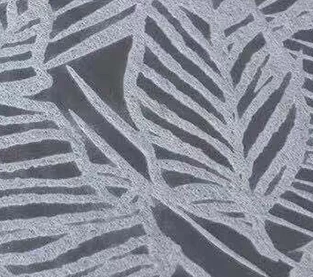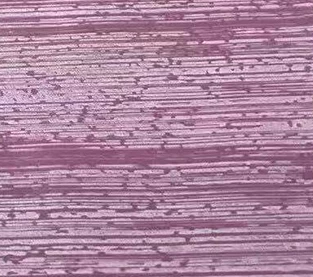Product: ES Material Fiber Nonwoven Fabric For Packaging
Raw Material: PP+PE
Nonwoven Technology: thermal bonded
Dotted Design: dot or plain
Gram: 25 gsm - 30 gsm
Color: White
Specification: custom
Sample: Can be provided without charge, freight to be collect
Applications:
Medical(20-60gsm): face masks,diapers,bed sheets,curtains,pillow covers,sanitary,etc
Packaging(25-30gsm): tea bag, coffee bag/filter paper, dust-proof covers.etc
Product: ES Thermal Bonded Non Woven Fabric For Tea Bag
Raw Material: PP+PE
Nonwoven Technology: thermal bonded
Dotted Design: dot or plain
Gram: 25 gsm - 30 gsm
Color: White
Specification: custom
Sample: Can be provided without charge, freight to be collect
Applications:
Medical(20-60gsm): face masks,diapers,bed sheets,curtains,pillow covers,sanitary,etc
Packaging(25-30gsm): tea bag, coffee bag/filter paper, dust-proof covers.etc
Product: Composite Non Woven Paper Desiccant Packaging Material
MOQ: 1000 kg
Material: Composite Non Woven Paper
Specification: Custom sizes.
Design: Welcome custom logo and design. Welcome OEM.
Color: Full Color of CMYK,Pantone Color as customer requirements
Weight: Based on size & material,thickness
Delivery Time: 10-15 days after confirmed the final artwork and order
Product: Desiccant Wrapping Paper
MOQ: 1000 kg
Material: DuPont Material
Specification: Custom sizes.
Design: Welcome custom logo and design. Welcome OEM.
Color: Full Color of CMYK,Pantone Color as customer requirements
Weight: Based on size & material,thickness
Delivery Time: 10-15 days after confirmed the final artwork and order
Product: Bi-component Non Woven Fabric Desiccant Packaging Material
MOQ: 1000 kg
Material: Bi-component Non Woven Fabric
Specification: Custom sizes.
Design: Welcome custom logo and design. Welcome OEM.
Color: Full Color of CMYK,Pantone Color as customer requirements
Weight: Based on size & material,thickness
Delivery Time: 10-15 days after confirmed the final artwork and order
Product: Spunbond Non Woven Fabric Custom Desiccant Packaging Material
MOQ: 1000 kg
Material: Spunbond Non Woven Fabric
Specification: Custom sizes.
Design: Welcome custom logo and design. Welcome OEM.
Color: Full Color of CMYK,Pantone Color as customer requirements
Weight: Based on size & material,thickness
Delivery Time: 10-15 days after confirmed the final artwork and order
Online spunbond hot rolled non-woven fabric - roll coating or water spray hydrophilic(China Hydrophilic Nonwovens Manufacturer) agent - infrared or hot air
Advantages: no spinnability problem, non-woven fabric with fast hydrophilic effect, high efficiency and low price, which is 1/2 - 1/3 of the cost of ordinary masterbatch. Suitable for large-scale production;
Disadvantages: The need to purchase a separate post-processing equipment is expensive. After 3 washes, the water permeation time increased by about 15 times. Can not meet the requirements of repeated use; mass production;
The advantages and disadvantages of this method determine that it is mainly used for disposable products that require high water permeability and hydrophilicity, such as sanitary materials, diapers, sanitary napkins and the like.


Use complex hydrophilic(Water Absorbent Nonwovens Factory) parent particle PPS03 method
The jellyfish granules have the characteristics of medium dose (similar to ordinary jellyfish granules), fast effect, fast cloth effect, good effect, long-lasting effect, good washing durability, but slightly higher cost (similar to common jellyfish granules).
Good spinnability without the need to adjust the production process.
Suitable for small batch production and high washability, reusable products such as forestry and agricultural fabrics.
The main evaluation indexes of the hydrophilic PP nonwoven fabric(Super Soft Nonwovens Wholesale) include water absorption, contact angle and capillary effect.
(1) Water absorption rate: refers to the amount of water absorbed per unit mass of the hydrophilic nonwoven fabric in a standard time or in a time required for completely wetting the material. The greater the water absorption, the better the effect.
(2) Contact angle method: The hydrophilic pp non-woven fabric was placed on a clean and smooth glass plate, and placed flat on the oven to be melted. After melting, the glass plate was taken out and naturally cooled to room temperature. The equilibrium contact angle was measured using a direct test method. The smaller the contact angle, the better. (There is no hydrophilic treatment of the PP nonwoven after reaching about 148°).